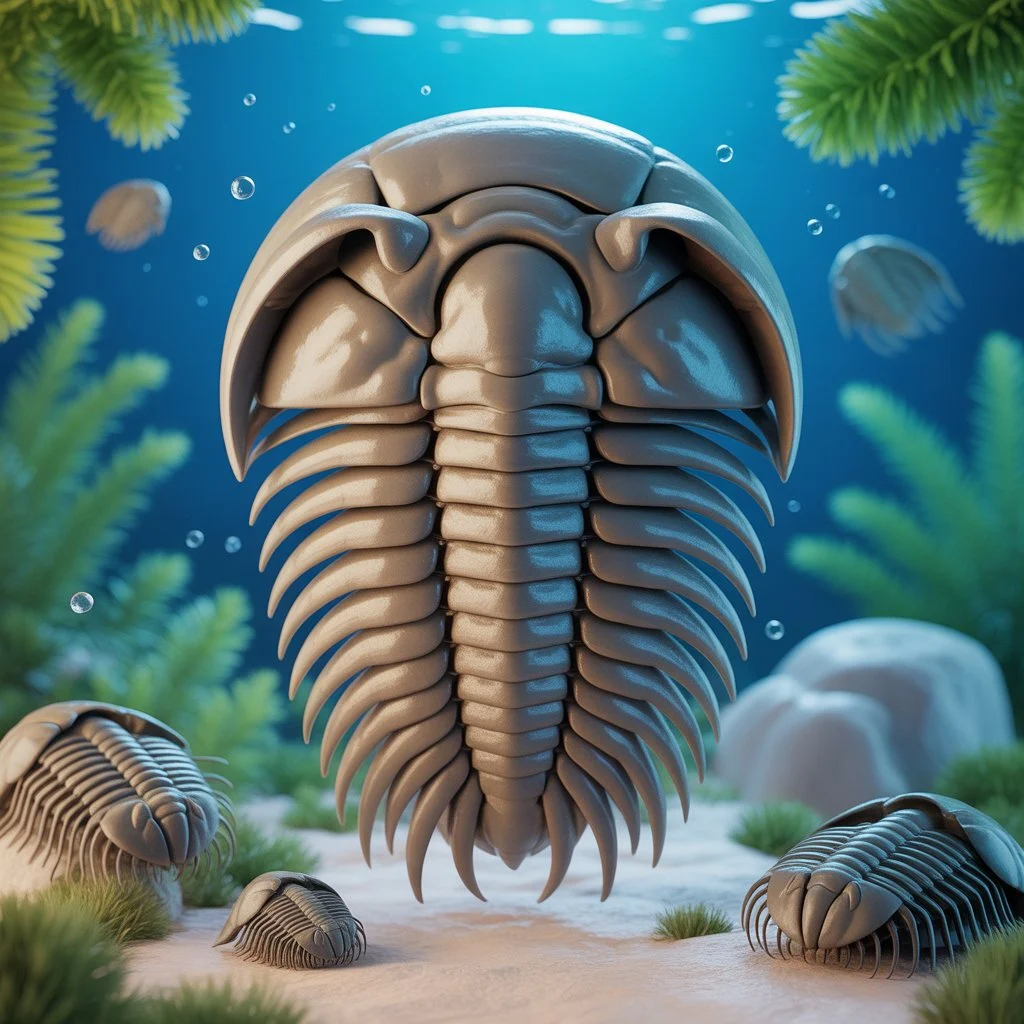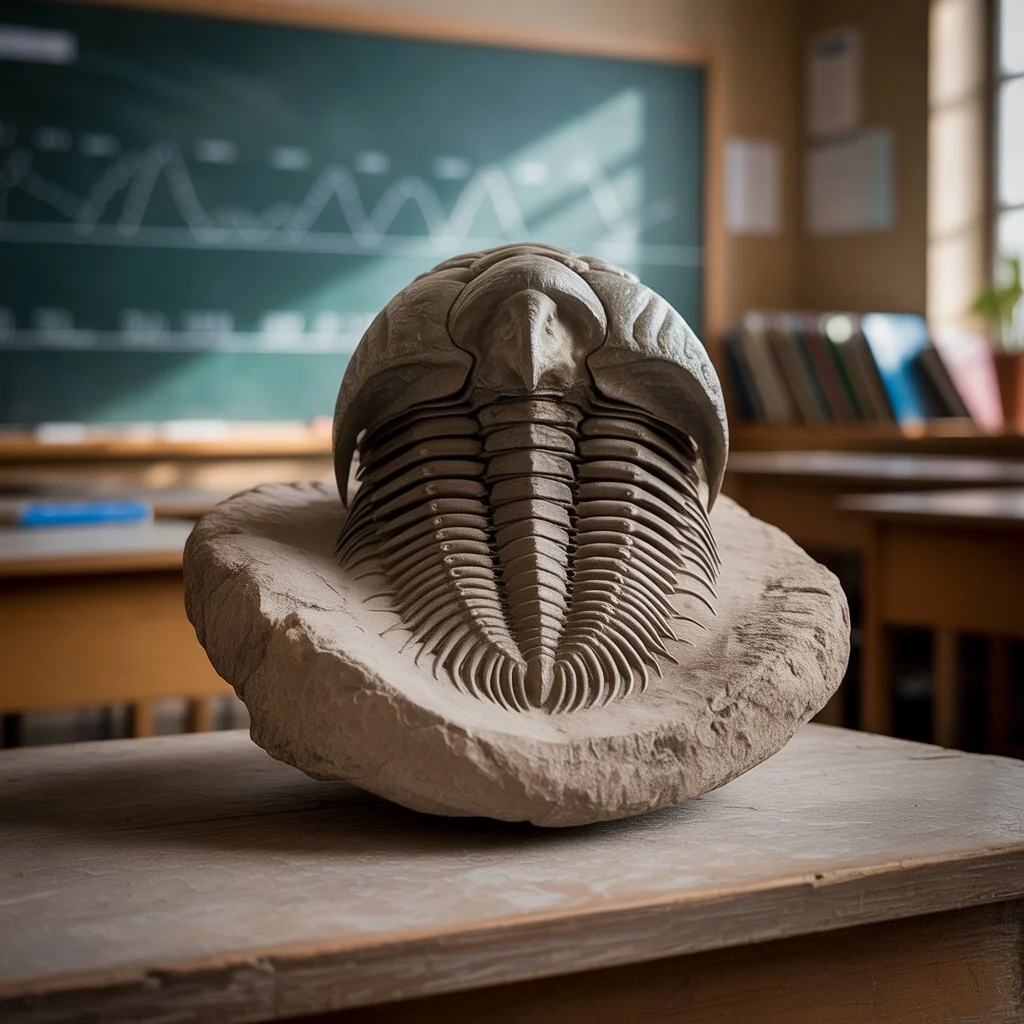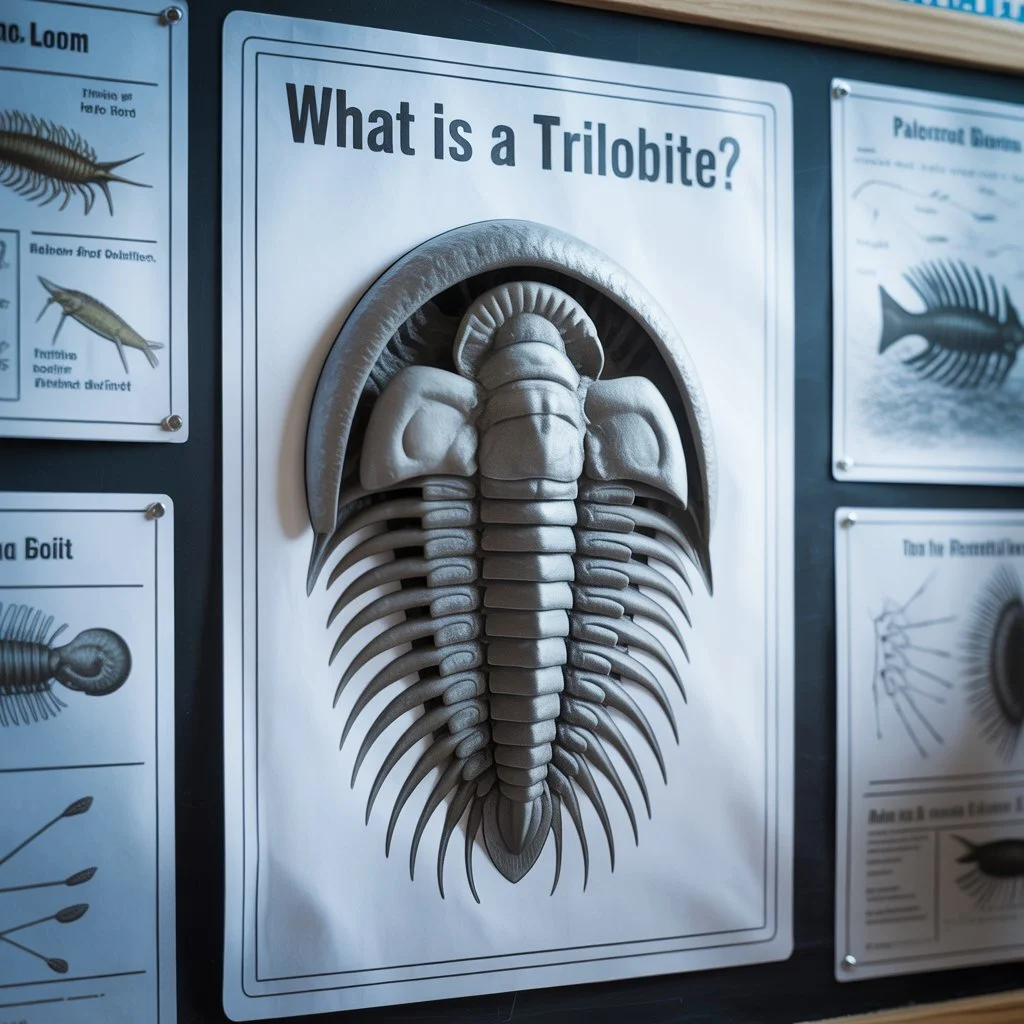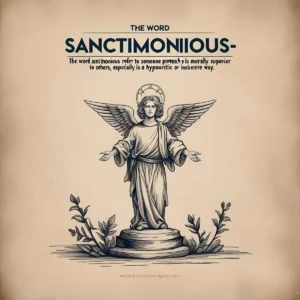What Is a Trilobite?
The word “trilobite” originates from the Greek terms tri- (three) and lobos (lobes), referring to the creature’s three-lobed body structure. Trilobites are an extinct class of marine arthropods that lived over 520 million years ago, dominating Earth’s oceans for over 270 million years.
They are one of the earliest known groups of arthropods, and their fossilized remains are found on every continent, telling the story of ancient evolutionary biology and marine ecosystems.
A Closer Look at the Word “Trilobite”

While many associate “trilobite” only with fossils, it carries multiple contextual meanings depending on usage:
- Paleontology: A trilobite is a prehistoric sea creature.
- Educational: It is often used to introduce concepts of evolution and extinction.
- Cultural Symbol: Trilobites have become symbols of endurance, transformation, and extinction.
- Metaphoric Use: In literature or modern slang (rare), it can describe something ancient, outdated, or enduring through time.
Anatomy: What Made Trilobites Unique
Trilobites had a body divided into three main lobes and three segments:
- Cephalon (Head)
- Thorax (Body)
- Pygidium (Tail)
Each of these parts provided valuable insights into evolutionary development. Notably, trilobites had compound eyes—some of the first of their kind in evolutionary history.
Trilobite Fossils: Why They Matter

Fossils of trilobites are not just old rocks—they’re biological time capsules. Because trilobites evolved quickly and widely, they help date other fossils in the same rock layers. Paleontologists use trilobites as index fossils to:
- Track geologic time
- Understand biodiversity
- Study extinction patterns
2025 Paleontological Breakthroughs: Newly Discovered Trilobite Species
In 2025, researchers from the University of Alberta announced the discovery of Glacialis aurorensis, a new trilobite species found in melting permafrost beneath Canadian glacier fields. This species exhibited features never seen before:
- A bioluminescent exoskeleton inferred through chemical residue
- Unique thoracic segmentation with eight instead of the standard ten segments
- Possible signs of rudimentary social behavior, inferred from fossilized clustering patterns
This discovery is reshaping how scientists view trilobite evolution, especially regarding adaptability in extreme environments.
How Is “Trilobite” Used in Modern Language?
Though primarily scientific, the word “trilobite” occasionally surfaces in figurative language, branding, and analogies:
- “He’s a trilobite in today’s tech world”—refers to someone outdated or resistant to change.
- Some startup names or tech projects adopt Trilobite to symbolize resilience, deep history, or hidden potential.
Trilobites and Evolutionary Education
In educational content, trilobites often appear in:
- Textbooks explaining evolutionary timelines
- Museums illustrating the Cambrian Explosion
- Children’s science kits as introductory fossils
Their simple yet segmented design makes them ideal for demonstrating how life has evolved structurally over time.
Misconceptions About Trilobites
Despite their fame, several myths persist:
- Myth: Trilobites are dinosaurs
Fact: They predate dinosaurs by 270+ million years. - Myth: Trilobites were massive sea monsters
Fact: Most were 1–10 cm long; some rare species reached 70 cm. - Myth: Trilobites lived only in deep oceans
Fact: They adapted to shallow seas, reefs, and deep water alike.
Trilobite Meaning in Academic vs. Pop Culture Contexts
| Context | Meaning |
|---|---|
| Scientific | Extinct arthropod group, index fossil |
| Linguistic | Symbol of age, change, or lost time |
| Cultural | Resilience, adaptation, beauty in extinction |
| Slang (rare) | Anachronistic or “ancient” person/thing |
The Symbolism of Trilobites
As symbols, trilobites represent:
- Survival over vast timescales
- Vulnerability to extinction
- Natural beauty in structure
- Memento mori — a reminder that all things pass
Artists, philosophers, and designers use trilobite imagery to evoke themes of ancient legacy and the fragility of progress.
How to Use “Trilobite” in Sentences: 10 High-Quality Examples
- “The trilobite fossil gave us a window into Earth’s earliest marine ecosystems.”
- “He clings to his flip phone like a trilobite out of its time.”
- “We uncovered a near-perfect trilobite fossil embedded in slate.”
- “Her ideas, though charming, are trilobite-level obsolete.”
- “This documentary explains the life and extinction of trilobites in mesmerizing detail.”
- “With eyes more advanced than some insects today, trilobites were evolutionary pioneers.”
- “The old town’s infrastructure is a trilobite relic of post-war architecture.”
- “Trilobites roamed the Cambrian oceans long before dinosaurs existed.”
- “Collectors pay thousands for rare trilobite specimens in pristine condition.”
- “Like a trilobite, the company resisted evolution—and vanished.”
Trilobites in 2025 Education and Tech
In 2025, AI-driven fossil analysis has been accelerating trilobite research:
- AI models now reconstruct 3D simulations of trilobite movement using fossil data
- Virtual Reality field trips let students explore Cambrian seas populated by digital trilobites
- Open-source platforms allow citizen scientists to label trilobite fossils and contribute to classification efforts
This democratization of paleontology gives new life to an ancient organism—and bridges science with digital innovation.
Why Trilobites Still Matter
Trilobites aren’t just dead sea bugs. They’re gateways to the past, and in a world rushing forward, they remind us:
- Change is inevitable
- Survival doesn’t mean invincibility
- Nature records everything—if we learn to read it





